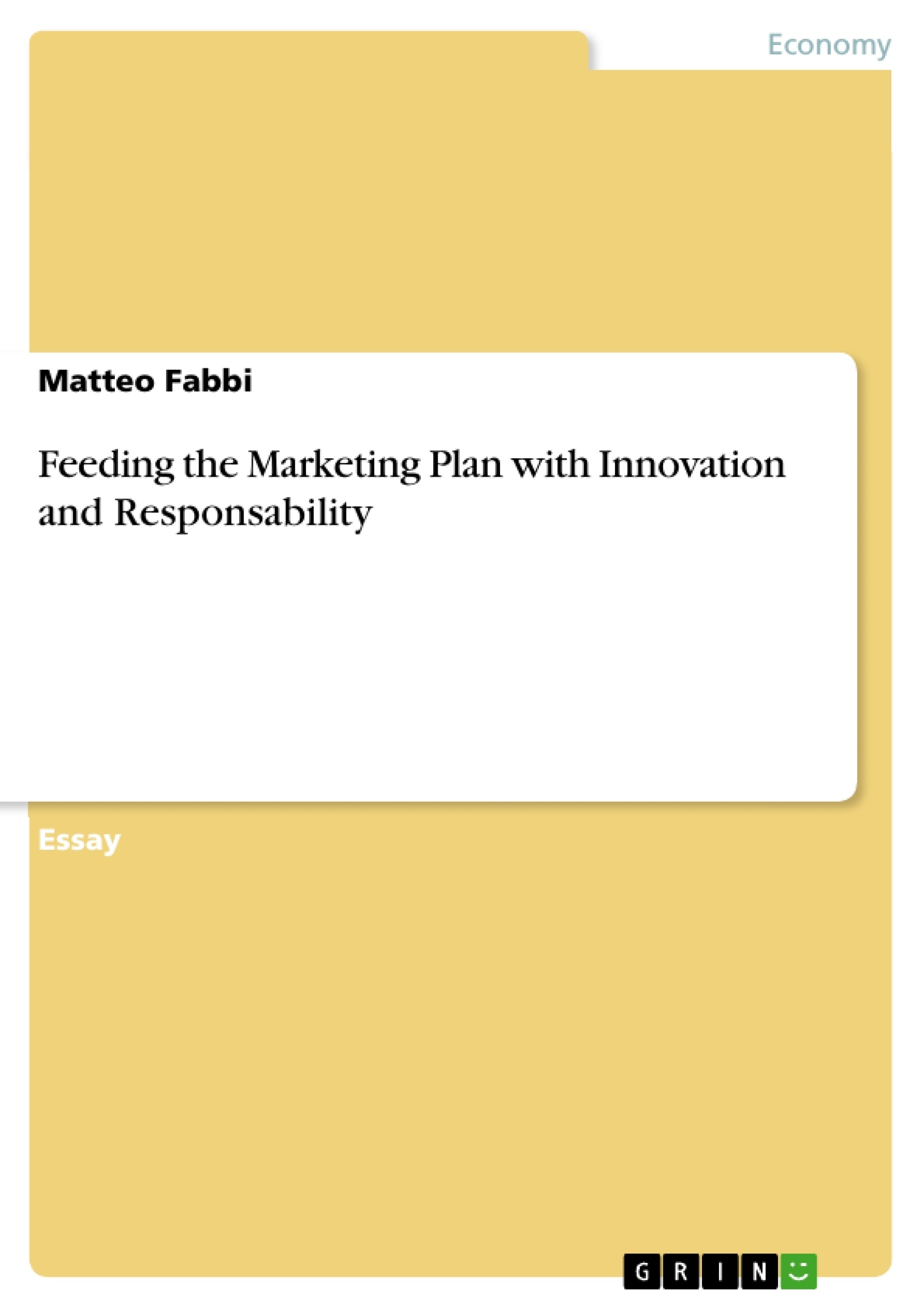Through my three years of marketing studies, I have come to understand that marketing planning never has been the simple step-by-step approach described so enthusiastically in most prescriptive texts and courses. According to MacDonald, M (2004), the moment an organisation embarks on the marketing planning path, it can expect to encounter a number of complex organisational, attitudinal, process and cognitive problems, which are likely to block progress. In order to identify those processes and problems this paper went through an investigation of the various stages when writing a marketing plan. It also made an attempt to provide new and fresh insights for the consideration of thinking marketing plans in today’s Global environment. It made use of marketing theories and models taken from textbooks and online resources, but also practical example to further explain five main factors, in order: the consideration involved in deciding the marketing objectives, the marketing audit, principal decisions to be made when preparing a marketing plan, the main criteria for the successful implementation of the marketing plan, and the pros and cons of standardizing the marketing management process.
Inhaltsverzeichnis (Table of Contents)
- The main consideration for setting the objectives
- From broad to the specific
- A practical approach - considering the society
- The case of Body Shop
- The marketing audit
- Definitions and its purposes
- What consumer want?
- Innovation and marketing
- The practical approach
- The main decisions of the marketing plan.
- Form the marketing audit to the implementation
- What companies want?
Zielsetzung und Themenschwerpunkte (Objectives and Key Themes)
This paper investigates the process of creating a marketing plan, focusing on key factors like setting objectives, conducting a marketing audit, implementing the plan, and standardizing the marketing management process. The paper aims to provide fresh insights for developing effective marketing plans in a global environment.
- The importance of considering both corporate and societal objectives when setting marketing goals.
- The role of the marketing audit in identifying opportunities and threats for a company.
- The need for marketers to go beyond simply satisfying customers and to understand the potential for innovation.
- The key decisions involved in the implementation of a marketing plan, including product development and market expansion.
- The importance of a balanced approach to marketing, considering both the "pull" of customer needs and the "push" of strategic innovation.
Zusammenfassung der Kapitel (Chapter Summaries)
This chapter explores the critical process of setting marketing objectives, emphasizing the importance of a comprehensive and integrated approach. It examines the role of corporate objectives, market audits, SWOT analysis, and the integration of social and ethical considerations. The Body Shop is presented as a case study illustrating the successful implementation of socially responsible objectives.
This chapter delves into the significance of the marketing audit in providing vital information for informed decision-making. The importance of identifying customer needs, analyzing the competitive landscape, and understanding the power of innovation is highlighted. The paper explores the potential limitations of customer-driven research and argues for the necessity of proactive innovation and market-driven strategies.
This chapter focuses on the key decisions involved in implementing a marketing plan, emphasizing the connection between objectives and strategies. It explores the process of product development, market expansion, and the management of the product life cycle. The chapter examines how companies like Apple and China Unicom have successfully leveraged innovation and global markets to achieve long-term success.
Schlüsselwörter (Keywords)
This paper focuses on key concepts such as marketing planning, marketing audit, marketing objectives, innovation, societal marketing, ethical marketing, customer needs, market research, product development, and global marketing strategies. These concepts are explored in the context of practical examples and case studies, highlighting the importance of a balanced approach to marketing that considers both customer needs and strategic innovation.
- Citation du texte
- BA Global Marketing Matteo Fabbi (Auteur), 2011, Feeding the Marketing Plan with Innovation and Responsability, Munich, GRIN Verlag, https://www.grin.com/document/180466



